Artist Philipp Fürhofer presents an accessible, three-dimensional illusionary space in the SCHIRN rotunda.
Within the scope of the exhibition “Diorama. Inventing Illusion,” from November 9, 2017, to January 21, 2018, the Schirn Kunsthalle Frankfurt is presenting a large-scale installation by Philipp Fürhofer. With his work [dis]connect, created especially for the Schirn Rotunda, he transforms the circular building into an illusionary space, and in doing so cites the optical mechanical playhouse that Louis Daguerre opened in Paris in 1822. In this walk-through theater, stories painted on large, semitransparent canvases were set in motion using lighting and stage equipment. Fürhofer’s installation [dis]connect amounts to an accessible, three-dimensional illusionary space.

It consists of two mirror ceilings positioned one above the other in line with the height of the Rotunda’s two upper stories. In addition, a forest motif based on landscape dioramas emerges from the ground-floor pillars and extends upwards along the glass front of the Rotunda. The artist uses light to create two different spatial situations. When the floor of the Rotunda is illuminated, the lower, semitransparent mirror looks like a false ceiling installed above the heads of the visitors and serves to visually reduce the space.
The viewers’ perception of reality
When the light is switched to the upper area of the Rotunda, the lower mirror becomes transparent and affords a view of the entire circular structure. The reciprocal action of the two mirrors results in a visually endless reproduction of the architecture. The two spatial situations alternate in a regular, pulse-like rhythm, reflecting Fürhofer’s play with the viewers’ perception and their notion of reality.

Changing spatial situations with the aid of light effects that give rise to unusual visual experiences is a recurrent element in Fürhofer’s works. In his monumental, painted light boxes, he uses light fade-ins or fade-outs to change not only the external appearance of the sets, but also their overall spatial impression. In these objects, Fürhofer likewise generally employs semitransparent reflective film, which becomes part of the work when similarly illuminated.
The futility to grasp reality
Whereas the installation [dis]connect incorporates actual architectural elements of the Rotunda, such as the pillars on the ground floor, the mirrors in both light situations create a space of illusion that seems to dissolve into abstraction. Yet the construction of this illusion always remains visible and transparent as an intervention. Visitors can decide the extent to which they wish to abandon themselves to the illusion. Fürhofer breaks with the diorama as a realistic depiction of the world and points to the futility of efforts to grasp reality.

Philipp Demandt, Director of the Schirn Kunsthalle Frankfurt, says of the installation: “With [dis]connect, Philipp Fürhofer extends the exhibition ‘Diorama. Inventing Illusion’ by an illusionistic space that is freely accessible in the Schirn’s exterior area. Using light and mirror effects, the artist utilizes the architecture of the Rotunda for the purpose of showing us how we can be deceived: He lays bare the illusion and demonstrates what it means to want to grasp reality.”
The illusionary worlds
“Whereas in his dioramas Louis Daguerre made every effort to create a reproduction of reality that was as credible as possible, Philipp Fürhofer’s piece addresses the production of reality per se. [dis]connect imparts no ‘knowledge’ as such, but rather a dissolution of visible coordinates in space—a state that calls to mind the illusionary worlds and those we escape to in our virtual age,” says curator Ilka Voermann about the artist’s work.

Artist and set designer Philipp Fürhofer (*1982 in Augsburg) lives and works in Berlin. He studied visual art at the Berlin University of the Arts from 2002 until 2008. His works have been presented in numerous solo and group shows, including at the Kunstverein Augsburg (2016), the Arsenāls–Fine Arts Museum Riga (2016), and the Bayerisches Nationalmuseum in Munich (2012). Since 2008, Philipp Fürhofer has also repeatedly worked as a set and costume designer for opera houses in Germany, the United Kingdom, the Netherlands, and Switzerland. The opera Les vêpres siciliennes by Giuseppe Verdi that was performed at London’s Royal Opera House in 2013 and for which Fürhofer created the set design received the Laurence Olivier Award for Best New Opera Production in 2014.
With the exhibition “Diorama. Inventing Illusion,” until January 21, 2018, the Schirn Kunsthalle Frankfurt is addressing the cultural history of vision. It focuses on the diorama, which is used to reconstruct and realistically stage events, stories, and living environments with the aid of various creative means.


Hans Haacke in New York
Hans Haacke has lived and worked in New York City since 1965. Reason enough to take a closer look at his relationship with the “Big Apple”: From his...

These boots are made for walking
Shoes are silent storytellers, revealing secrets about their wearer's personality, status and desires. No wonder, then, that artists like Carol Rama...

Seeing nature anew – through a cube
In his early work, HANS HAACKE addressed the relationship between art and nature as well as the social interest in the reciprocal relationship between...

The film to the exhibition: Hans Haacke. Retrospective
A legend of institutional critique, an advocate of democracy, and an artist’s artist: The film accompanying the major retrospective at the SCHIRN...

A new look at the artist – “L’altra metà dell’avanguardia 1910–1940”
With “L’altra metà dell’avanguardia 1910–1940”, in 1980 Lea Vergine curated an exhibition at the Palazzo Reale in Milan that was one of the first...

Non-human living sculptures by Hans Haacke and Pierre Huyghe
In his early work, HANS HAACKE already integrated animals and plants as co-actors into his art. In that way he not only laid the foundations for a...

CURATOR TALK. CAROL RAMA
SCHIRN curator Martina Weinhart talks to Christina Mundici, director of the Carol Rama Archive in Turin, editor of the first Catalogue Raisonné and...

Freedom costs peanuts
HANS HAACKE responded immediately in 1990 to the fall of the Berlin Wall and turned a watchtower into art.

The film to the exhibition: CAROL RAMA. A REBEL OF MODERNITY
Radical, inventive, modern: The film accompanying the major retrospective at the SCHIRN provides insights into CAROL RAMA's work.

Now at the SCHIRN: Hans Haacke. Retrospective
A legend of institutional critique, an advocate of democracy, and an artist’s artist: the SCHIRN presents the groundbreaking work of the compelling...
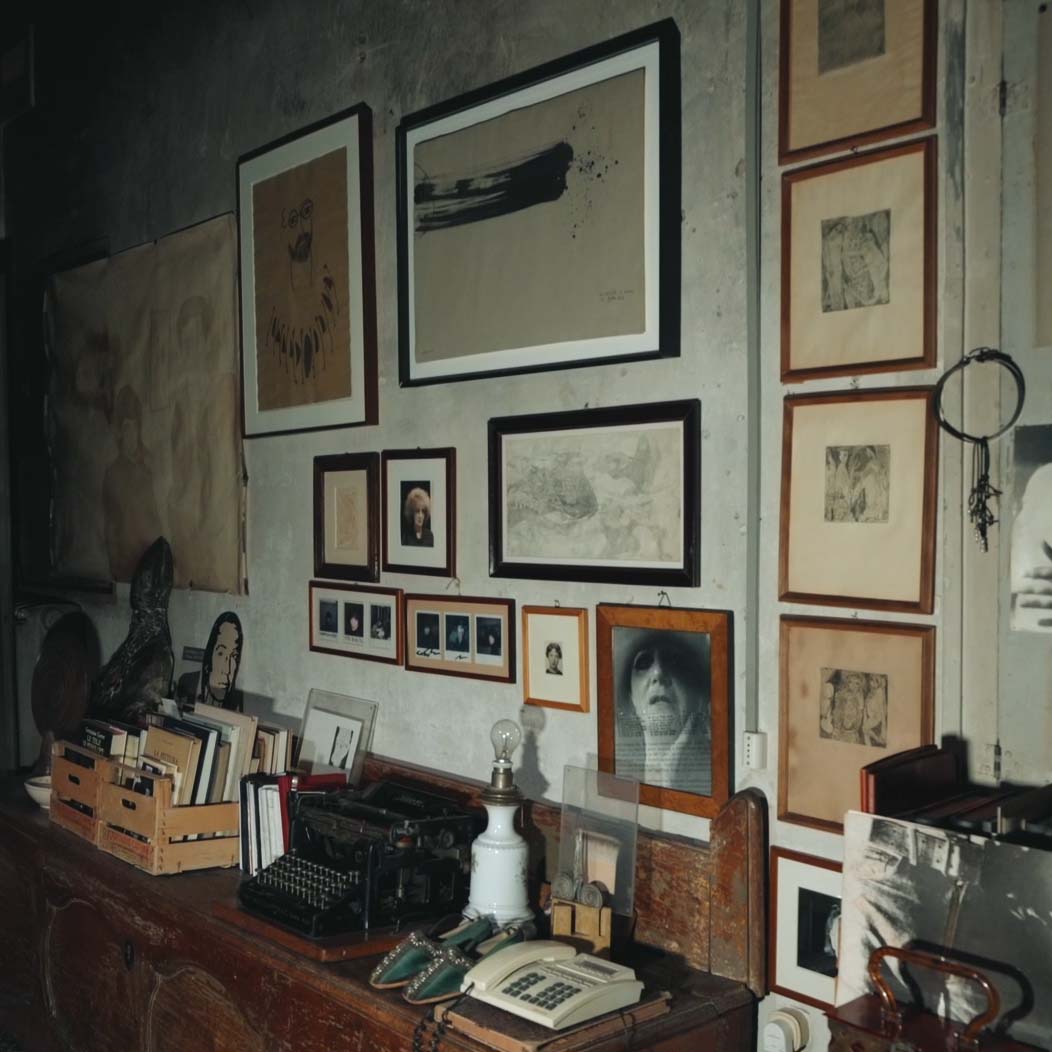
Carol Rama’s Studio: A nucleus of creativity
CAROL RAMA determinedly forged her own path through the art world. Her spectacularly staged studio in Turin was opened to the public only a few years...
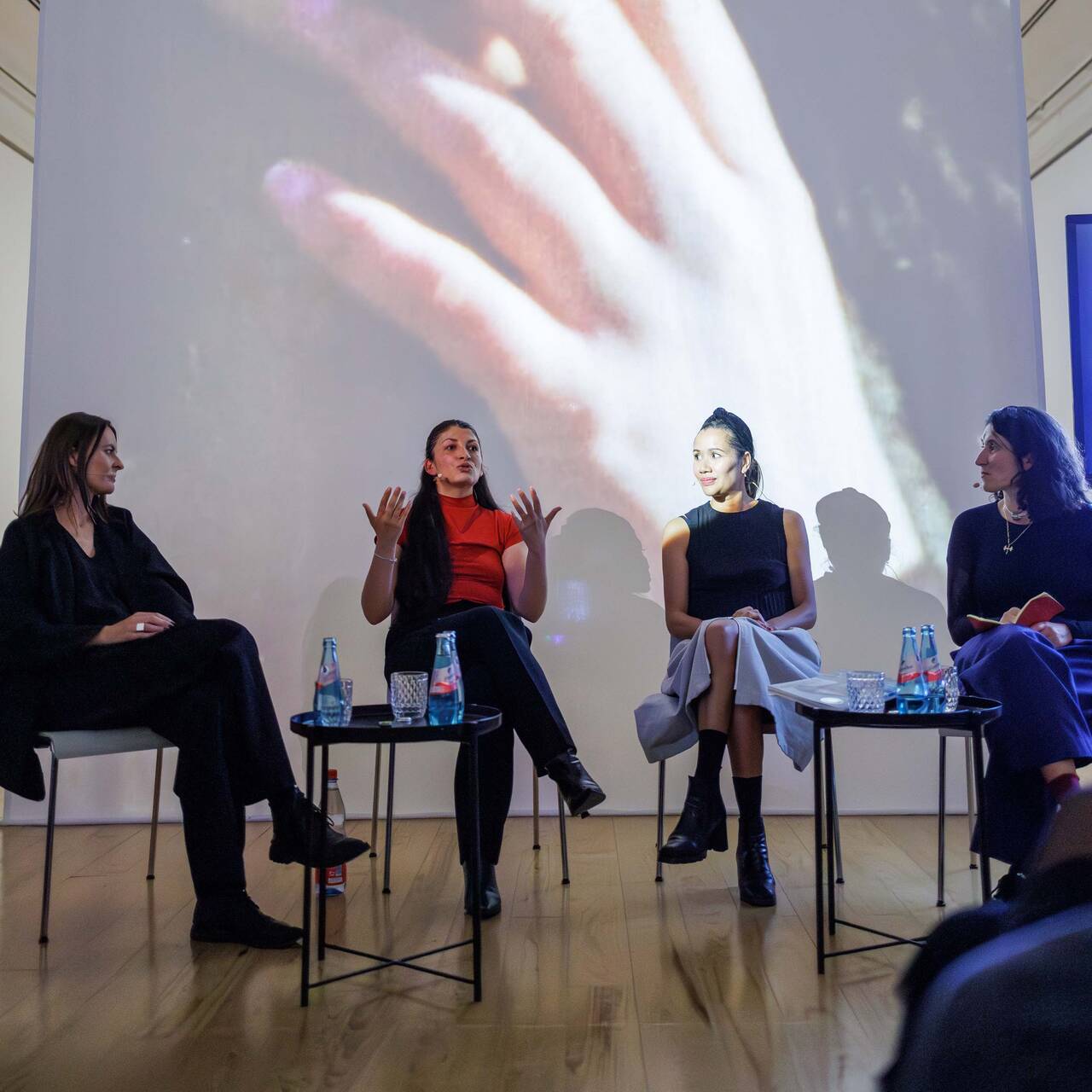
PANEL: POLITICAL ACTIVISM BY SELMA SELMAN
Hosted by Arnisa Zeqo, Amila Ramović and Zippora Elders speak with the artist Selma Selman about her artistic career, the exhibition SELMA SELMAN....
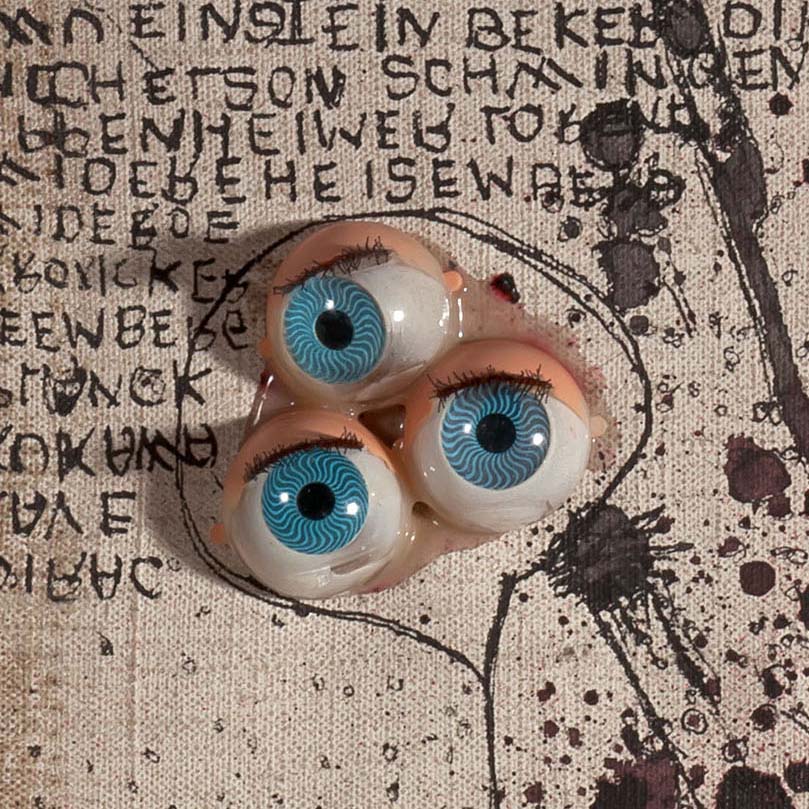
Now at the SCHIRN: Carol Rama. A rebel of Modernity
Radical, inventive, modern: the SCHIRN is presenting a major survey exhibition of CAROL RAMA’s work for the first time in Germany.
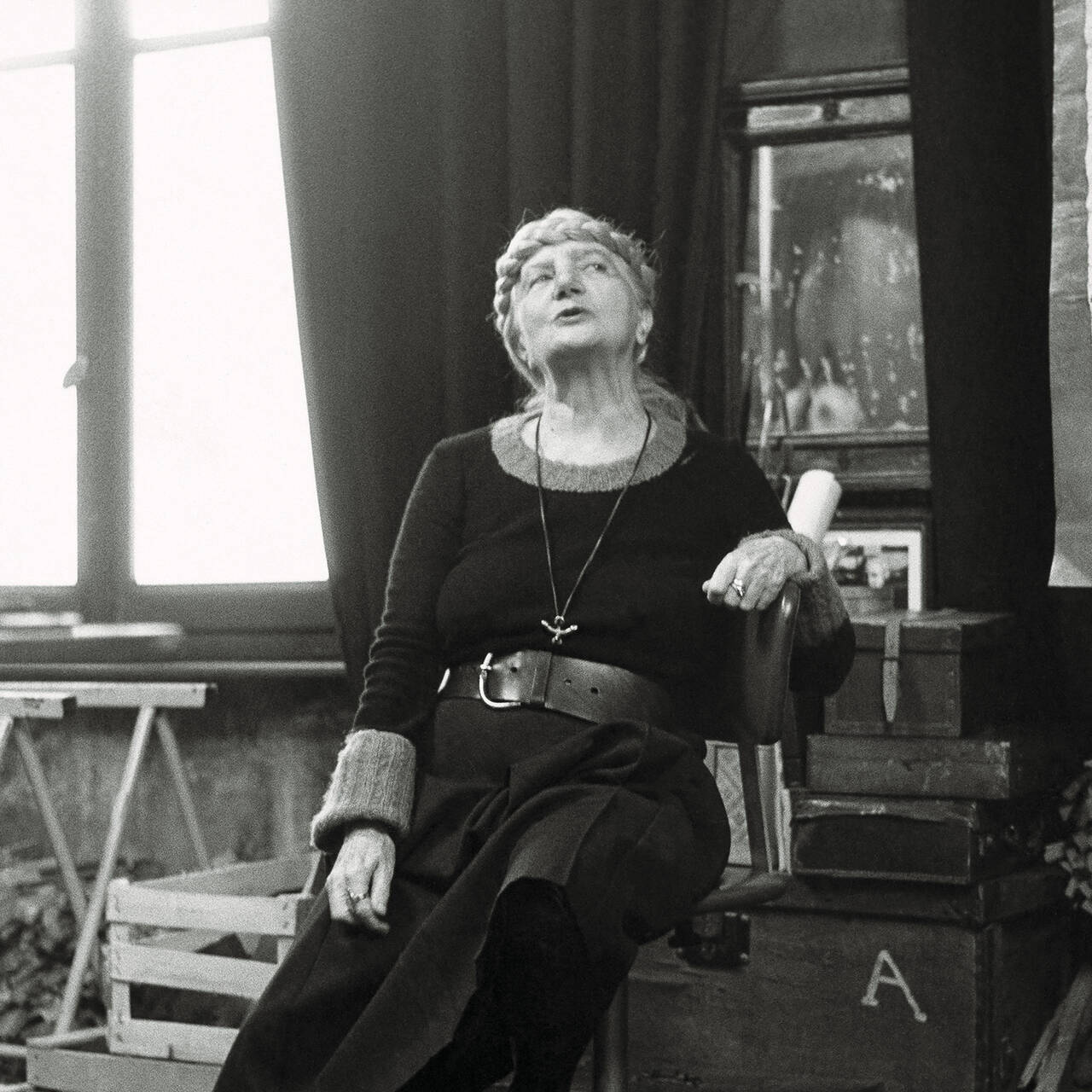
Carol Rama in 10 (F)Acts
CAROL RAMA was one of the most provocative female artists of the 20th century. With her explicit depictions of sexuality, physicality, and tabooed...
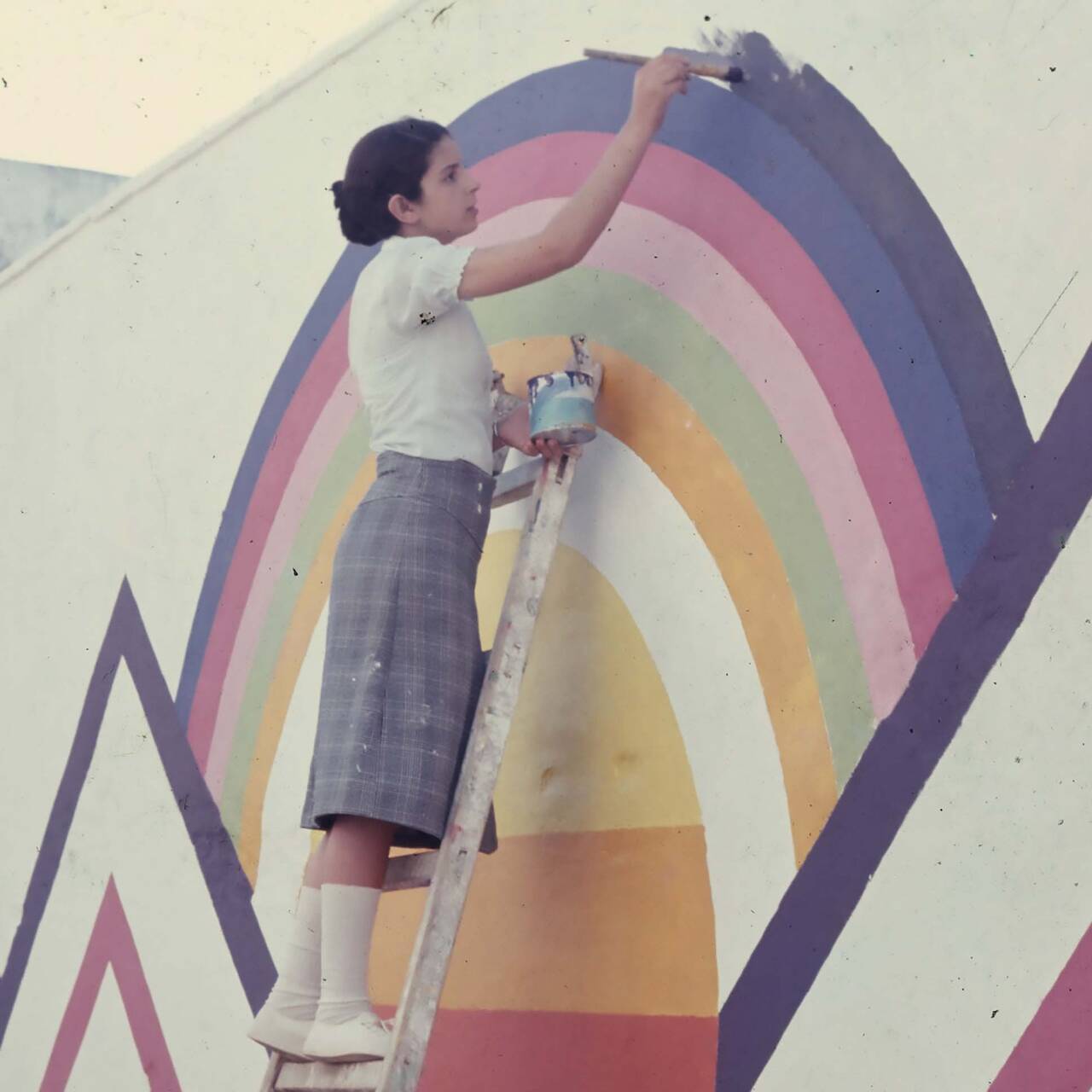
A lab for art in the public realm
The CASABLANCA ART SCHOOL wanted to make art part of urban life, visible for all, and interacting with the everyday culture of the city. To this day,...
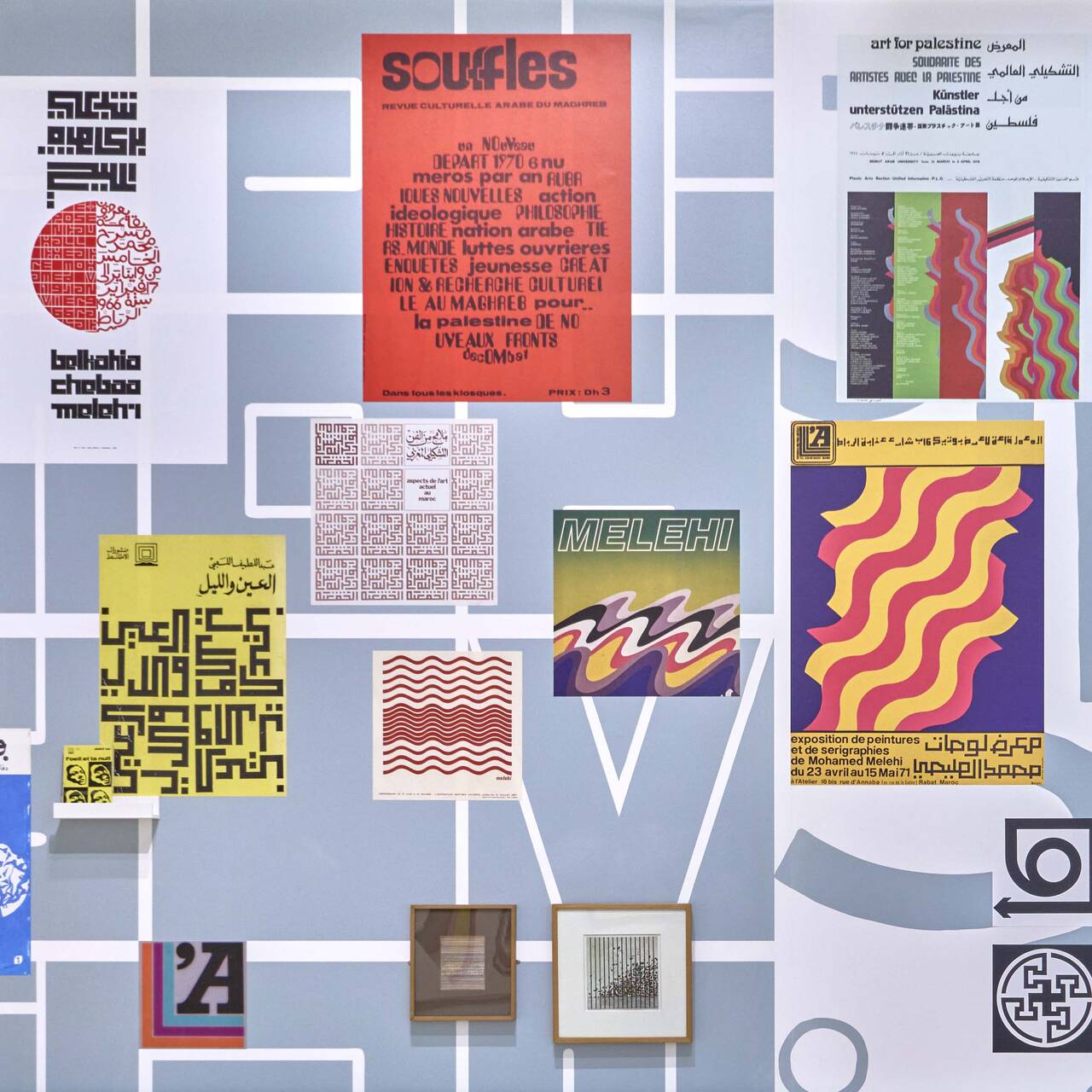
Art and the world of journals in the Arab 20th century
Many of the teaching staff at the Casablanca Art School contributed to the journal “Souffles”, an extraordinary example for the strong...
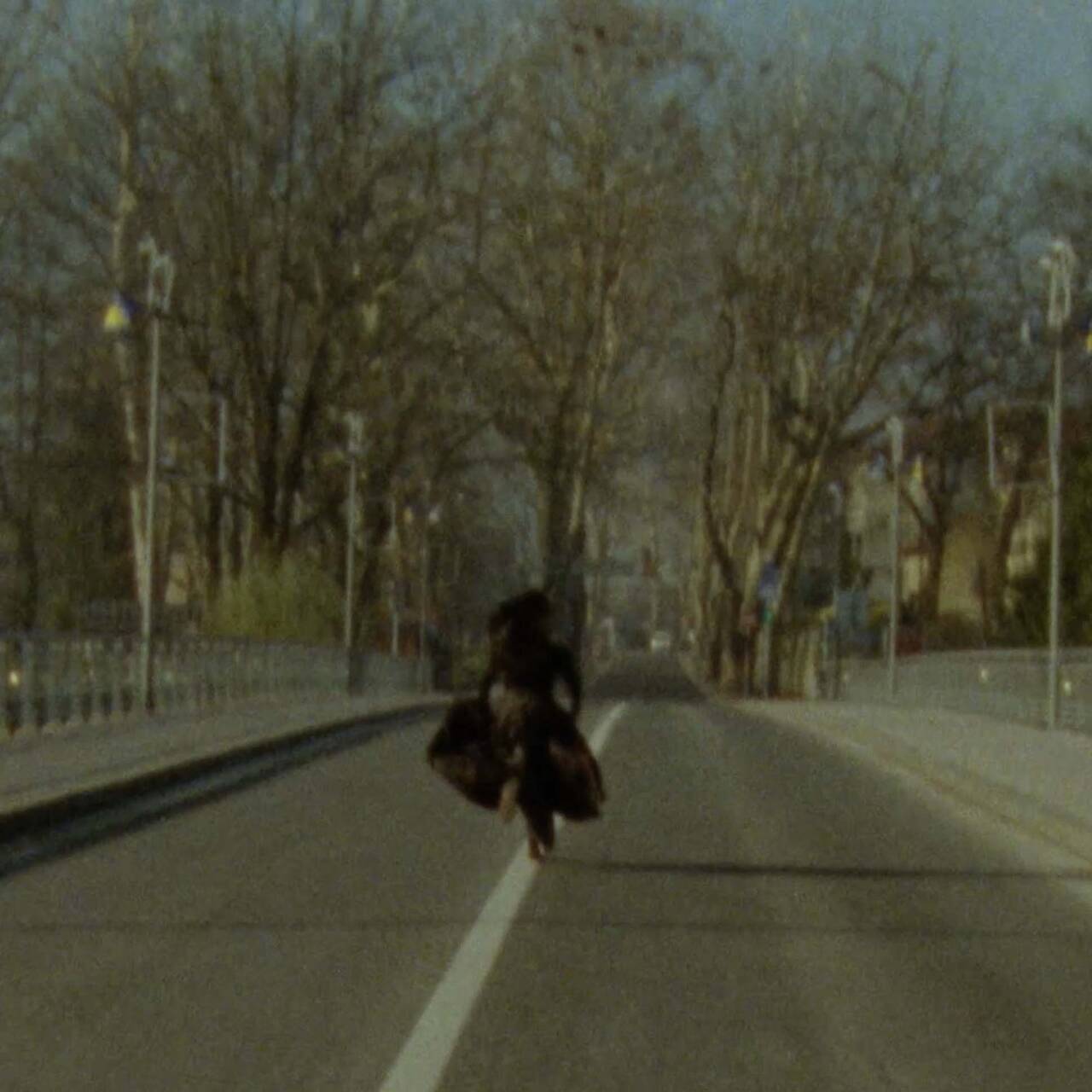
A question of listening
Selma Selman creates her poetry of the future from multiple generations of Roma heritage completed with her subjective family story and history from...
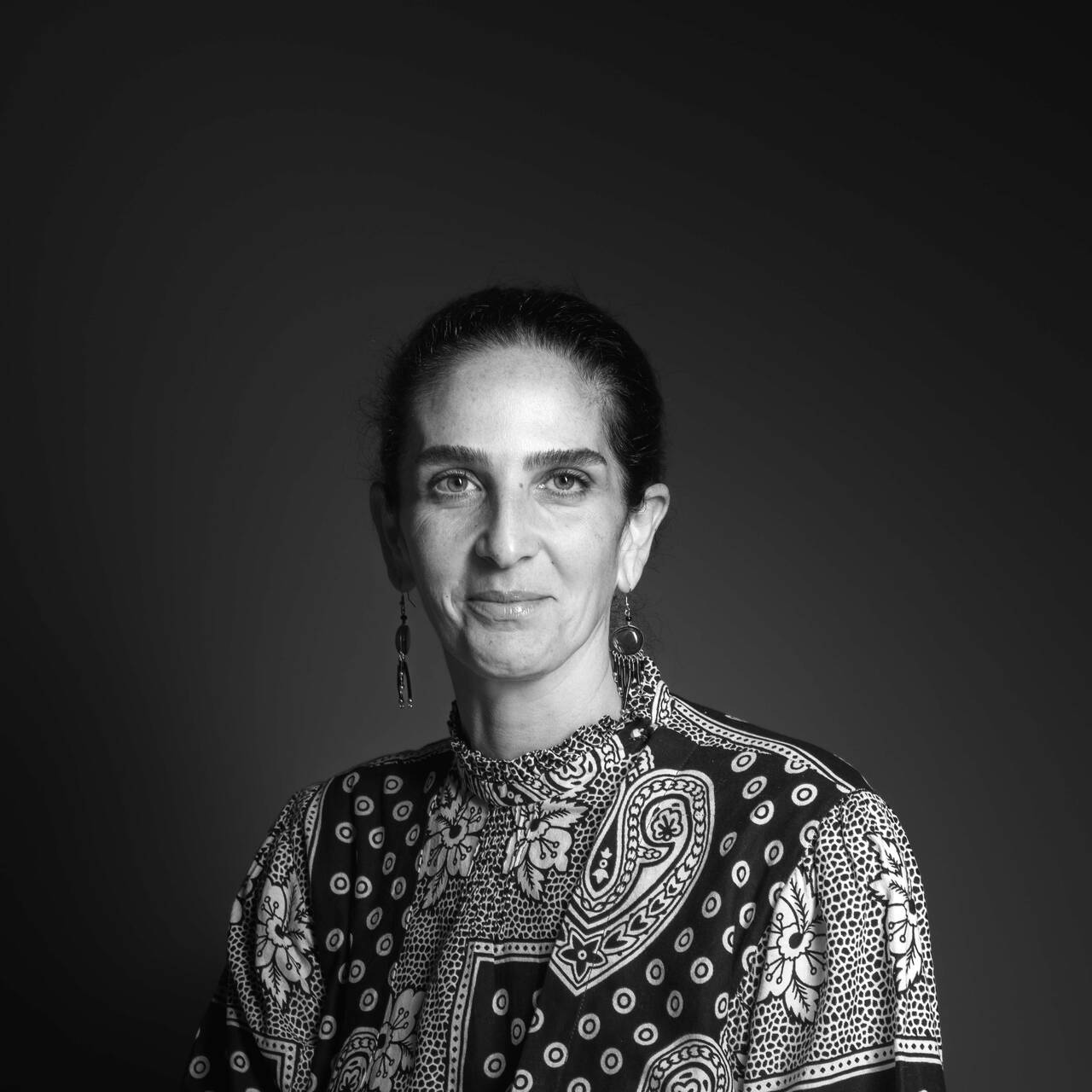
5 questions for Salma Lahlou
Salma Lahlou is an independent curator. Her exhibitions and research projects continuously engage with the CASABLANCA ART SCHOOL. We spoke with her...

CURATORIAL TALK: CASABLANCA ART SCHOOL
The curators, Madeleine de Colnet and Morad Montazami, talk to SCHIRN curator Esther Schlicht and filmmaker Mujah Maraini-Melehi about the background...
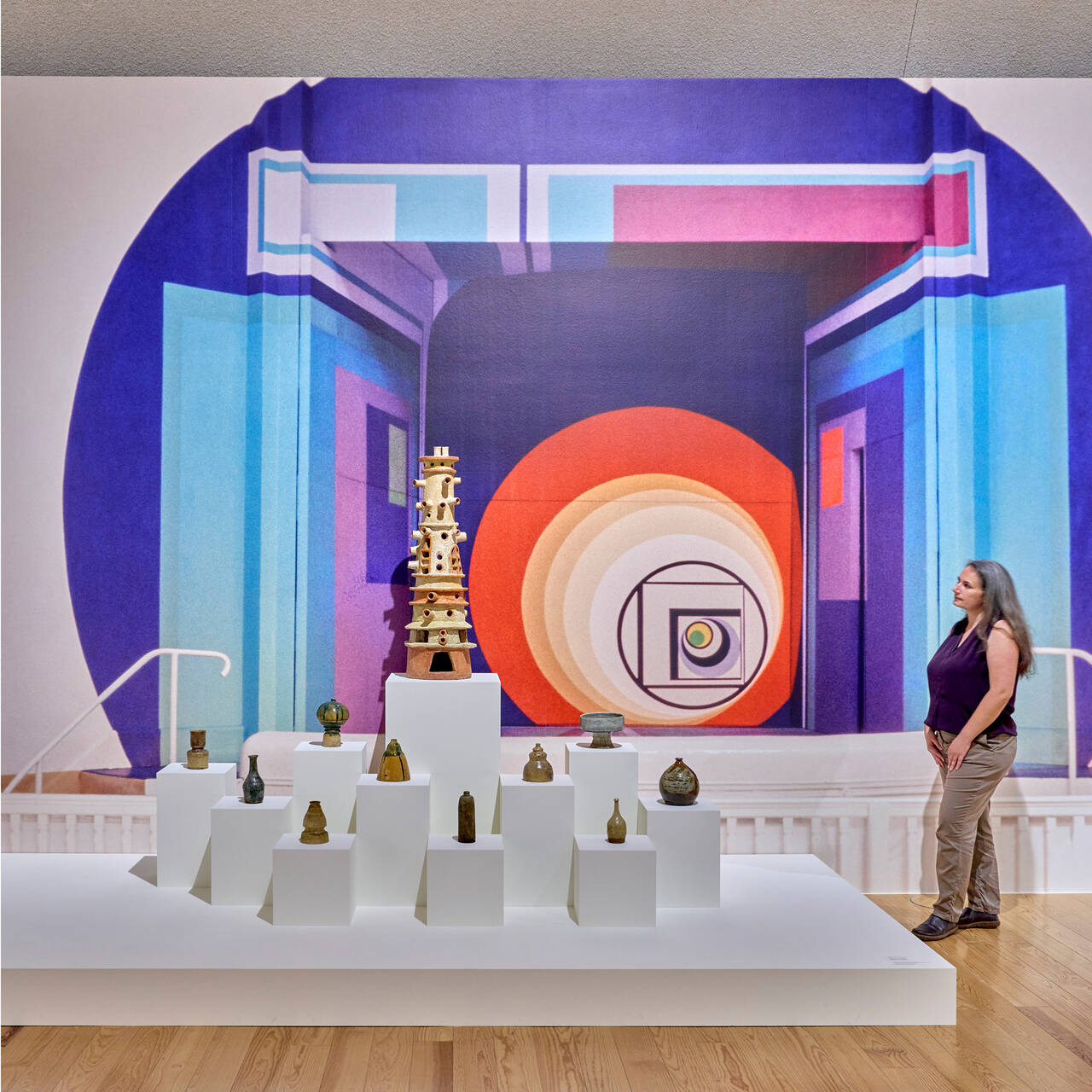
Casablanca’s Art School and the Bauhaus heritage
The CASABLANCA ART SCHOOL revolutionized the Moroccan art scene and managed to liberate itself from its French colonial past. In some respects, it...